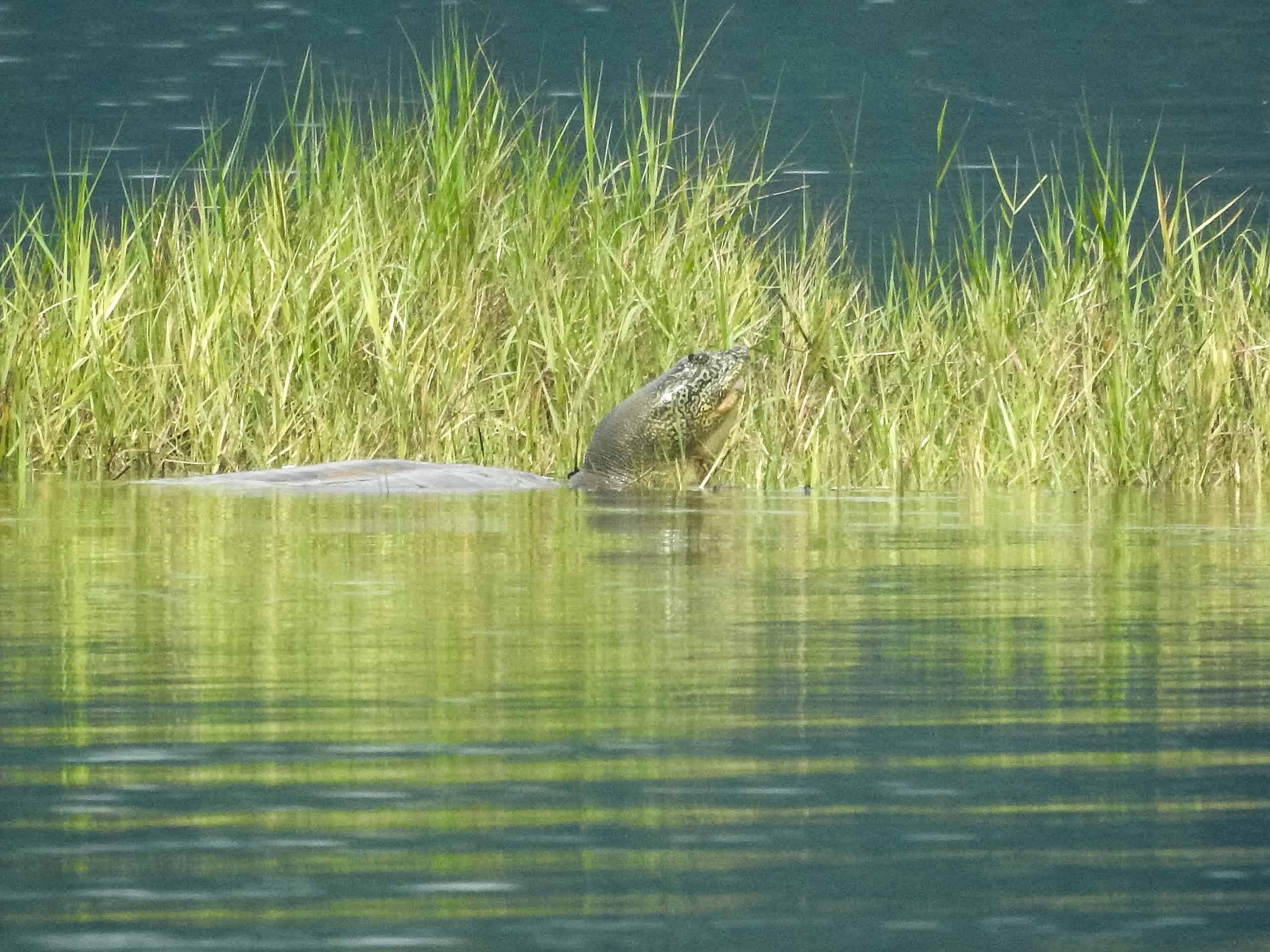Share this article
TWS Position Statement: Urban Wildlife
Back to Position Statements page
Wildlife is an important component of the environment, even in highly modified areas such as towns, villages, suburbs, and cities. Wildlife can positively or negatively influence the quality of human life in these areas. Interactions of wildlife with environmental components–soil, water, vegetation, people, and human-made structures–are of concern to the public, planners, and professional wildlife biologists.
Some species are well known for their nuisance potential and some urban residents are not interested in wildlife, yet indications show that urban areas containing wildlife habitat constitute a better environment for people than areas largely devoid of wildlife. In addition, urban wildlife programs are useful in educating people about the basic principles and values of wildlife management, thereby stimulating greater support for regional, national, and global wildlife programs.
With heightened public awareness and better understanding of wildlife and urban land managers and biologists willing to use a holistic approach in planning and management, opportunities exist to enhance wildlife habitat in urban areas—around people’s homes, in downtown parks, along urban streets or waterfronts, or in larger open spaces. This same holistic approach is also the best way to address wildlife conflicts in the urban environment.
Management of urban wildlife habitat, educational programs for the public and professionals, and sound research designed to address and provide answers to issues unique to urban environments are the responsibilities of state and federal agencies charged with stewardship of wildlife. Nongovernmental organizations, educational institutions, private businesses specializing in urban wildlife control, and well-informed individuals also must take an active role in conserving these resources. Studying, planning for, and managing urban wildlife and related resources represent a logical and needed expansion of traditional professional wildlife management.
The policy of The Wildlife Society, in regard to urban wildlife, is to:
1. Advocate that wildlife and its habitat in urban ecosystems need the concerted attention of researchers, managers, planners, and educators concerned with quality of life in urban areas.
2. Foster awareness among the public, the wildlife profession, and urban land managers of the aesthetic, educational, recreational, economic, and physical/mental health values of wildlife to urban residents. Seek opportunities to use urban wildlife as a bridge to exposure to broader wildlife issues.
3. Encourage public and private natural resource organizations to allocate qualified personnel and fiscal resources to research on planning for and management of urban wildlife.
4. Stimulate development of programs that will provide local governments and urban residents with advice and information on how to better manage wildlife on open space areas and private properties, and promote management of private and urban lands so they provide high-quality wildlife habitat.
5. Promote acquisition of unique wildlife habitats as well as maintenance of and access to existing habitats in or near urban areas so that residents can enjoy wildlife.
6. Strive to make architects, engineers, urban developers, planners, foresters, and others aware of the values of urban wildlife and of the impacts of their activities on wildlife in urban settings.
7. Advocate sound, integrated wildlife control programs, including habitat alteration and/or removal of offending animals, to minimize conflicts between urban wildlife and people.
8. Promote establishing and maintaining diverse, self-sustaining urban wildlife populations in harmony with ecological, social, and economic values of the human community.
Approved by Council November 2017.








